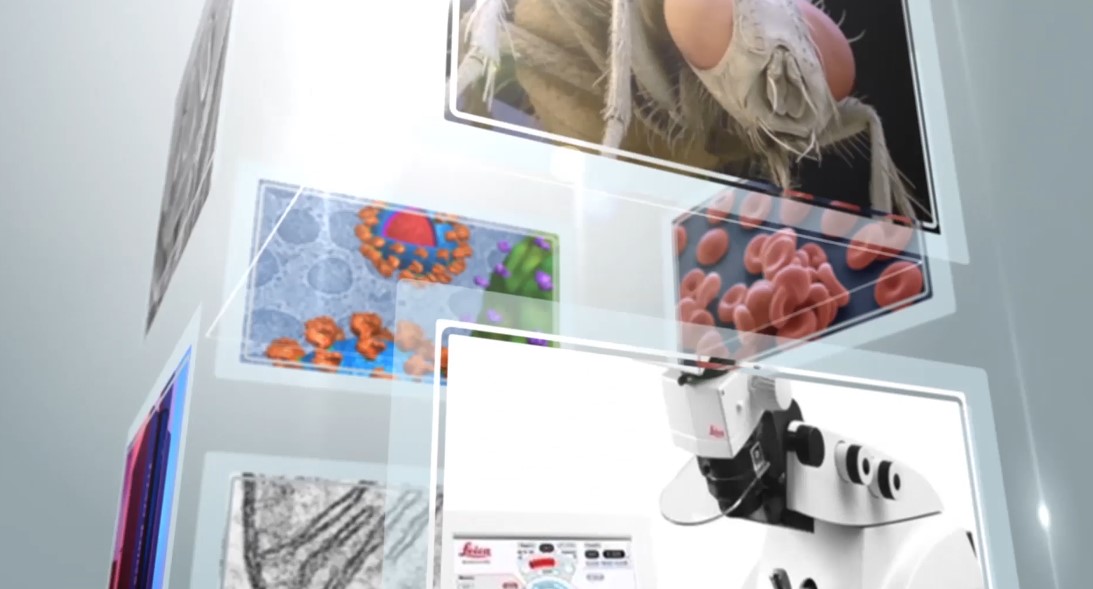
当前课程知识点:Hospitality English > 3 CROSS-CULTURAL COMMUNICATION > 3.1 Culture and Communication > 3.1.4 Mode of communication
返回《Hospitality English》慕课在线视频课程列表
In this video, you will learn three modes of communication which illustrate the process of communication. After watching the video, do you think transactional communication model is better than the other two, can you give us some reasons? Please feel free to leave a comment in the discussion area.
返回《Hospitality English》慕课在线视频列表
大家好 欢迎回来
在本节课中 将讨论沟通的模式
研究者们开发了几种沟通模式
来说明沟通的过程
即使有各种各样的
这里将介绍三种典型的模式
第一个是线性沟通模式
从这张图中 我们可以看到发送者
将自己所想的内容转化为信息
并通过信息通道 将信息发送给接收者
当接收者得到信息后
就会理解信息的含义
换句话说
接收者将自己的理解融入到了信息中
在将思想转化为信息的过程中
会有一些噪音
这些噪音会干扰沟通的质量
而这种噪音是由于发送者的原因
如他或她的发音 选词 声音 速度等
诸多因素影响着传递过程
在信息传输的过程中
会有一些外界的噪音干扰传输
而在接收者的解码过程中
仍然会有一些因素影响他们的理解
比如兴趣 情绪 教育程度 社会地位 注意力等各种问题
都会成为干扰传播过程的噪音
而很有意思的是
这种模式只显示了单向沟通
这显示了这种模式的不足
因为沟通是一种双向的沟通
换句话说 沟通有两个方向
一个方向是从发送者到接收者
另一个方向是从接收者到发送者
这里我们可以看到第二种模式
交互式沟通模式
与第一种沟通模式——线性沟通模式相比
这个模式明确表示沟通是一个双向的过程
第一个方向是在上方 从发送方到接收方
而在底部还有一个方向 从接收者到发送者
我们之前已经了解到 这就是反馈
这种模式有两个优点
第一 它包含了反馈的概念
第二 这种模式把接收者看成是过程中比较积极的参与者
这张PPT说明的是第三种模式
交易沟通模式
这个看起来与前面两种模式不同
在这个模式里面 没有发送者和接收者
而是全部定义为沟通者
对于两边的沟通者 有一个方块
上面写着响应和解码 也就是发送和接收的意思
而在中间 有双箭头指向的信息
如果用文字来解释
这个模式说明了沟通者同时发送和接收信息
在沟通过程中
有来自沟通者外部和内部的噪音
外部噪音是指来自沟通者外部的噪音或干扰
如环境的噪音或其他人的干扰
内部噪音指的是来自传播者自身的噪音
比如人的性别 年龄 学历 个人兴趣 宗教信仰
情感 情绪 社会地位等诸多方面
事务性沟通模式的推进包含以下几个方面
首先 事务性沟通模式交代了
在沟通时同时接收和发送信息的方式
说像面对面沟通一样
我们的眼睛在向别人发送信息的同时
也在接收来自外界的信息
第二个事务性沟通模式
也把沟通看成是一个持续的过程
也就是不断地接收和发送信息的过程
现在 我们继续讲沟通的特点
这里显示了沟通的几个特征
比如沟通是动态的 系统的 符号的 不可逆的 交易的 自我反思的和情境的
现在 我们来详细讨论一下每一个特点
第一 沟通是动态的
沟通是一种持续的活动
一旦说出一句话或做出一个动作 就不能收回
第二 沟通是系统的
沟通不是孤立地或凭空发生的
而是一个大系统的一部分
我们发送和接收信息
但这是在特定的 而不是孤立的环境中的
环境和环境有助于决定我们产生的语言和行动
衣着 语言 话题选择等都要适应环境
第三 沟通是符号性的
符号代表了沟通的共同意义
符号是代表或代表一个意义单位的词语 动作或物体
人们的行为经常被符号化地解释
是感情 情绪和内心状态的外在表现
第四 沟通是不可逆的
沟通是一个不可逆的过程
我们永远无法挽回已经做过的事情
一旦发送和接收
信息本身就无法逆转
在人际交往中
你要特别注意
不要说一些你以后可能想收回的话
第五 沟通是事务性的
沟通过程中的所有参与者共同创造和维持意义
沟通者在参与对话的每一个瞬间
都在同时发送和接收信息
第六 沟通是自我反思的
人类具有独特的自我思考能力
观察自己如何定义世界
反思自己的过去 现在和未来
第七 沟通是情境性的
语境是指沟通是在一个环境或情境中进行的
或者是人们见面的地点 在一起的社会性目的
以及关系的本质
-1.1 Hospitality and Tourism
--1.1.1 Introduction of hospitality
--1.1.2 Introduction of tourism (1)
--1.1.3 Introduction of tourism (2)
--1.1.4 Basic conception of tourism (1)
--1.1.5 Basic conception of tourism (2)
-1.2 Tourism Industries
--1.2.4 Convention & exhibition
--1.2.5 Entertainment & recreation
-1.3 Nature of Tourism Businesses
--1.3.2 Characteristics of hospitality
--Week 1 Quiz
-2.1 Basic Approaches and Etiquette of Hospitality
--2.1.1 Basic approaches and etiquette of hospitality
-2.2 Meet and Greet at Accommodations
--2.2.3 Know how to offer more
-2.3 Meet and Greet at Other Situations of Hospitality
--2.3.1 At transportation services
--2.3.3 At conventions and exhibitions
--2.3.4 At entertainment and recreation situations
-2.4 Communication Skills of Online Travel Agency
--2.4.1 Communication skills of online travel agency
--Week 2 Quiz
-3.1 Culture and Communication
--3.1.2 The characteristics of culture
--3.1.3 What is communication?
--3.1.5 Myths of communication
-3.2 Barriers to Cross-cultural Communication
-3.3 Cross-cultural Communication
--3.3.2 Cross-cultural verbal communication
--3.3.3 Hofstede's cultural dimensions (1)
--3.3.4 Hofstede's cultural dimensions (2)
-3.4 International Practice in Cross-cultural Communication
--3.4.1 International practice in cross-cultural communication
--Week 3 Quiz
-4.1 Getting to Know Tourism Literature
--4.1.1 Significance of tourism literature
--4.1.2 Proper way to choose for reading
-4.2 Capturing the Main Ideas
--4.2.1 Starting with the title & abstract
--4.2.2 Following the structure to focus
--4.2.3 Identifying topic sentences
-4.3 Accumulating Idiomatic Expressions
--4.3.1 Expressions of defining & categorizing
--4.3.2 The extensive use of passive voice
-4.4 Summarizing Reading & Thinking
--4.4.1 Writing a summary of your readings
--4.4.2 Taking notes of your thinking
--Week 4 Quiz
-5.1 What Is A Literature Review
--5.1.1 The definition and types of literature review
--5.1.2 Systematic approaches of literature review
-5.2 Collection and Analysis of Literature
--5.2.2 Methods of literature collection
--5.2.3 Analysis of literature
-5.3 Content of Literature Review
--5.3.1 Concepts, propositions, and theories
--5.3.2 Conceptualization and theoretical framework
--5.3.3 Operationalization of the research framework
-5.4 Evaluate Your Literature Review
--5.4.1 Evaluation of your literature review
--Week 5 Quiz
-6.1 Basic Structure of MTA Thesis/Project
--6.1.5 Reference and acknowledgement
-6.2 Stages of Completing a Thesis
--6.2.1 Thesis initiation stage - research design
--6.2.2 Thesis initiation stage -research methodology(1)
--6.2.3 Thesis initiation stage - research methodology(2)
--6.2.4 Thesis initiation stage - research proposal
--6.2.5 Thesis writing and completion stage
-6.3 Essentials in Managing a Successful Thesis
--Week 6 Quiz
--Final Quiz
